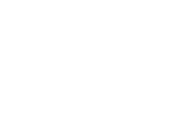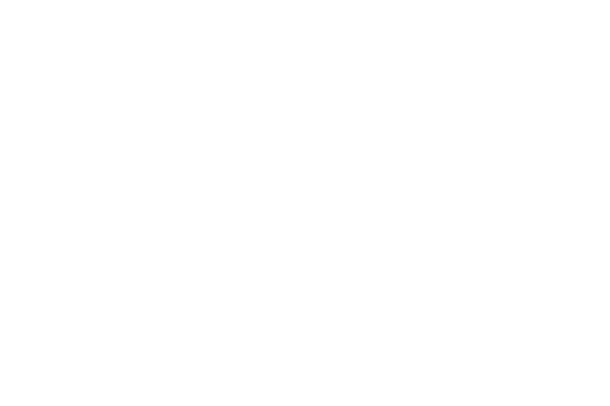 |
 |
 |

|
Individualised media façades can be realised by incorporating LEDs in glass laminates. This photo shoes an application where the “powerglass” product by German producer glas platz gmbh & co.kg was used. Photo: PopSign
|
|
 |
FUNCTIONAL GLASS
Glass Products becoming Increasingly Functional
Thanks to on-going research and development efforts glass products can take on ever new functions. Even today, glass panes can be transformed at the press of a button, upscaled to radiant media glazing or - in wafer-thin versions - be used as high-performance displays.
Glass products are used for more applications than ever before and their performance range is growing constantly. Ever new applications require the optimisation of existing, and development of ever new, special glass types with specific functionalities. The unique transparency of this material continues to be a paramount criterion but the versatile applications are today determined by the add-on functions achieved by specific manufacturing and finishing technologies.
|

|
Posted 3 September 2014
|
Share this:
|
|
|
|
|
|
|
|
|
|

The technology group Schott produces an ultra-thin, flexible glass with a thickness of as little as 25 micrometres. This material is manufactured in a continuous drawing process and then coiled. Photo: Schott
|
|
|
|
|
|
|
A wide variety of functional glass has stood the test of time in windows and façades for decades already and over the past ten years, in particular, glass products have virtually boomed in interior design thanks to the very successful development efforts undertaken by glass companies and glass machine manufacturers. Highly developed manufacturing and finishing techniques make for high-performance functional glass with properties that are precisely tailored to customer needs for both exterior and interior use.
For building skin applications performance characteristics like thermal insulation, solar protection, sound proofness and security are in the foreground. Thanks to the use of innovative coating and lamination technologies the products in this market segment push the limits of technical feasibility. For interiors, on the contrary, design considerations play an especially pivotal role. Here, too, the positive developments can be attributed especially to new processing and treatment technologies alongside glass companies’ innovative power and intensified marketing efforts.
Switchable Glazing
Attractive potential use for both outdoor and indoor applications is now also provided by switchable glazing. Various versions are currently available on the market: for instance, LC or PDLC glass (liquid crystal/polymer dispersed liquid crystal) turns opaque at the push of a button. This glass function is based on a polymer-liquid-crystal film laminated between two glass sheets and connected to a power source. While no voltage is applied the glass remains non-transparent but as soon as electricity flows the liquid crystals of the polymer align in such a way that the glass sheet turns transparent. This allows the glass condition to be changed between transparent and opaque in fractions of a second. Such a variable functional glass is ideal for using in partition walls or for ensuring flexible privacy for conference rooms. Integration in insulation glass for windows and façades is also possible. This glass, however, is not suitable for solar protection due to its complete opacity.
Efficient solar protection is provided by electrochromic glass. Depending on the direct current applied, this functional glass takes on various shades of blue thereby allowing variable sun shading. Here the wafer-thin electrochromic coating does not change colour spontaneously but the process takes several seconds up to minutes. Once the polarity of the voltage changes, the glass turns transparent again. While there is no current flowing it retains its given colour. Electrochromic solar protection glass is designed for use in windows and glass? ?façades and has already been used successfully for several years like LC glass.
The third group of switchable glass types is thermochromic glass. This changes its light transmission characteristics without any human intervention. Its function is based on thermochromic materials that react to temperature changes. As soon as the glass panes heat up when exposed to solar radiation, the film containing the thermochromic substances laminated between the two glass sheets changes colour automatically. If the solar energy decreases the glass laminate cools off and turns transparent again. This functional glass is also suitable for integration in insulation glass and therefore qualifies for window and façade applications.
|
|
|
|
At present, electronics manufacturers are already highly satisfied being able to offer extremely flat OLED TV sets with a diagonal just shy of 55 inches. If bigger sizes could be realised in future completely new potential applications would open up through this technology. One could think of media glass applications in buildings and in façades or large-surface interior lighting. Visionaries are already talking about OLED wallpaper or curtains whose colours and patterns would change at the touch of a button. The extent to which this technology has found its way into the glass industry will be revealed by glasstec 2014 in Düsseldorf. From 21 to 24 October the world’s most important glass trade fair will showcase not only the current product innovations in the international glass sector but also the entire field of manufacturing technology and the latest applications.
Ultra-Thin Glass for Industrial Applications
While the façade and window industries consider two to three millimetre thick glass thin, electrical and laboratory engineering focus on completely other magnitudes. Here glass thicknesses of far below one millimetre are required for specific applications. For instance, for display glass the filigree glass substrates not only have to be very thin but must also boast high strength and scratch-resistance. And that’s not the end of it – a US-based special glass producer also intends to offer its Gorilla glass in a bent format for Smartphones and Smartwatches. A firm known for its sheer special glass is Schott AG. With its in-house developed Down-Draw process this German technology company succeeds in manufacturing ultra-thin glass in an almost inconceivable thickness of as little as 25 m (0.025 mm). This glass is currently supplied in a width of up to 500 mm and in a flexible length. As one possible application the company also mentions OLED lighting.
www.glasstec.de
|
|
|
|
|
|
|


